
The Ultimate Guide to High-Performance Luxury Watches: What Makes Them Worth It?
Introduction
“A luxury watch isn’t just a timekeeper—it’s a statement of engineering mastery. But with prices ranging from thousands to millions, what truly justifies the cost? We break down the art, science, and prestige behind high-performance timepieces.”
1. The Anatomy of a Luxury Watch: Where Craft Meets Tech
A. Precision Movements
- Swiss vs. Japanese Mechanisms: Why Swiss (ETA/Valjoux) dominates high-end watches
- Tourbillons & Chronometers: How they combat gravity and improve accuracy (±2 sec/day)
B. Premium Materials
- 904L Steel (Rolex-grade) vs. Titanium (lighter, hypoallergenic)
- Sapphire Crystal: Scratch-resistant vs. mineral glass
- Ceramic Bezels: Fade-proof and luxury-standard
C. Complications Worth Paying For
- Chronographs (split-second, flyback)
- Perpetual Calendars (self-adjusting to 2100)
- Moonphases (horological poetry)
2. The Hidden Value: Beyond the Price Tag
A. Heritage & Rarity
- How Patek Philippe’s “You never actually own one…” ethos drives demand
- Limited editions (e.g., Rolex Daytona “Paul Newman”) as investments
B. Hand-Finishing
- Côtes de Genève striping
- Black Polishing (1 hour per screw!)
C. Resale Value
- Brands that appreciate (Rolex, Patek, AP) vs. those that depreciate
3. High-Performance Alternatives: Luxury Without the Markup
(Subtle transition to your value proposition)
A. Swiss-Inspired Excellence
- How modern manufacturers replicate COSC-level accuracy at accessible prices
- Example: [Your Brand’s Chronograph] with a Valjoux 7750 clone movement
B. Material Innovation
- Carbon Fiber Cases: 40% lighter than steel, just as durable
- Ceramic Coatings: For genuine scratch resistance
C. Smart Buying Tips
- Focus on movement provenance over branding
- Why sapphire casebacks reveal true craftsmanship
4. The Verdict: Are They Worth It?
“For collectors, a luxury watch is a legacy. For enthusiasts, it’s engineering art. But with today’s alternatives offering 95% of the quality at 10% of the cost, the choice comes down to passion vs. pragmatism.”

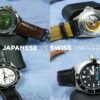
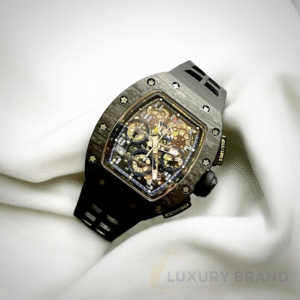

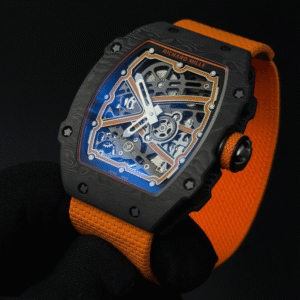
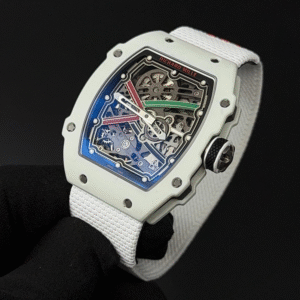
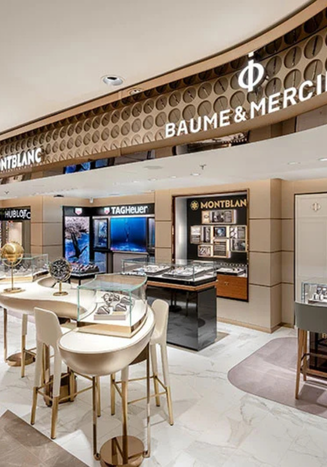
Add comment